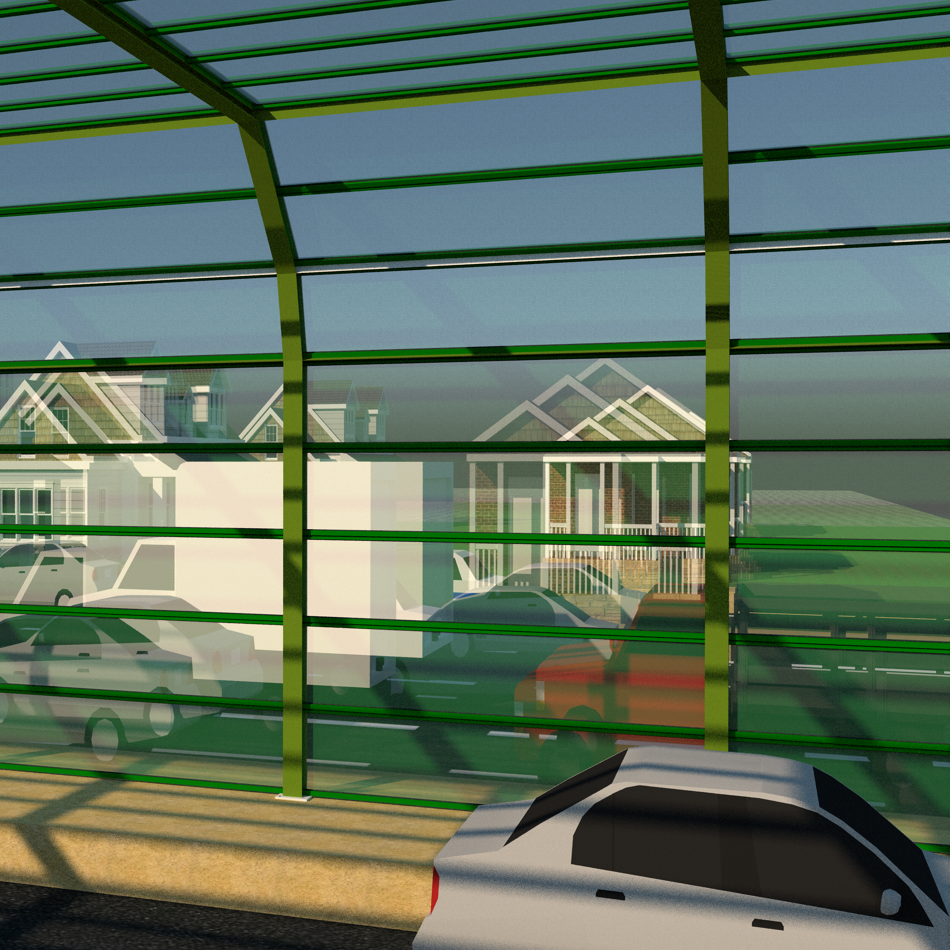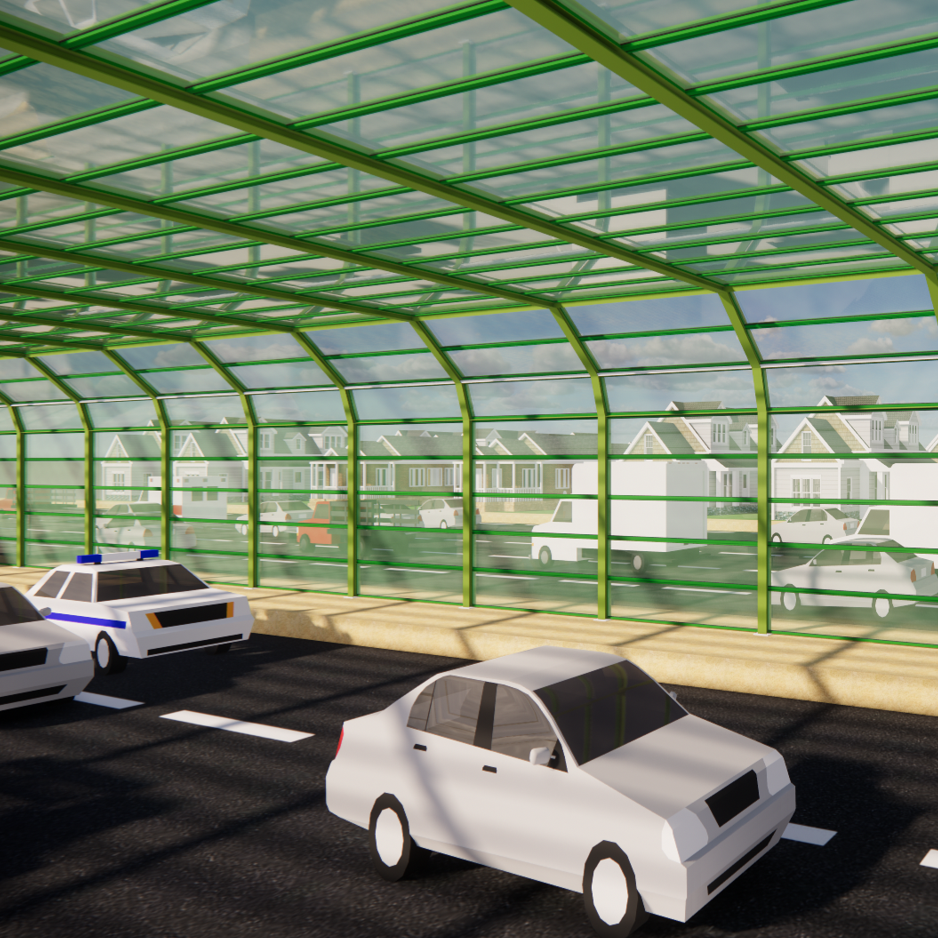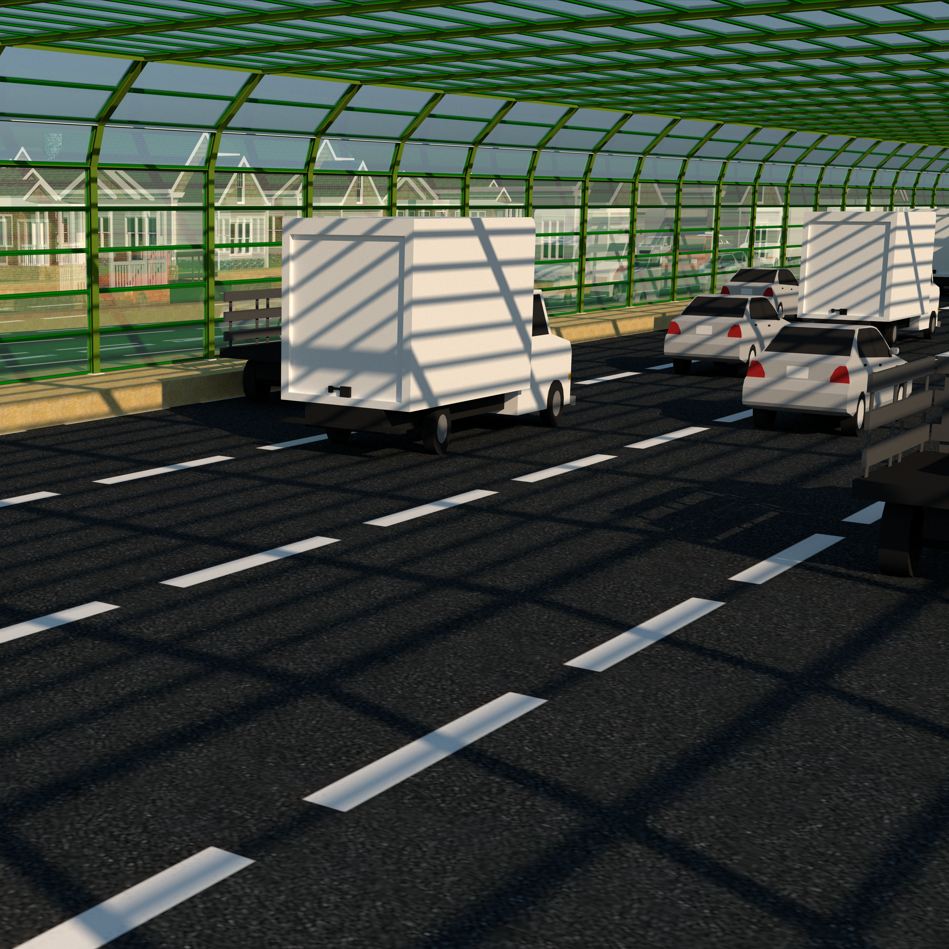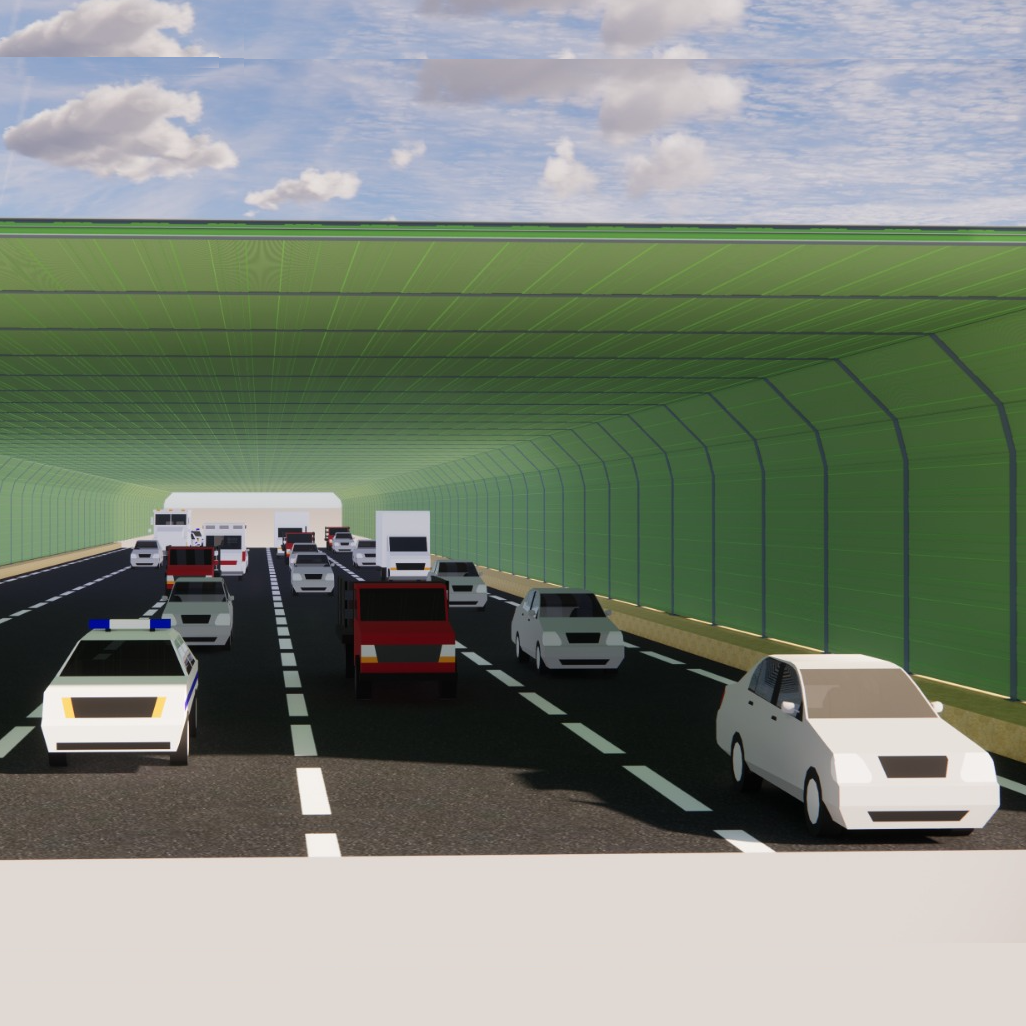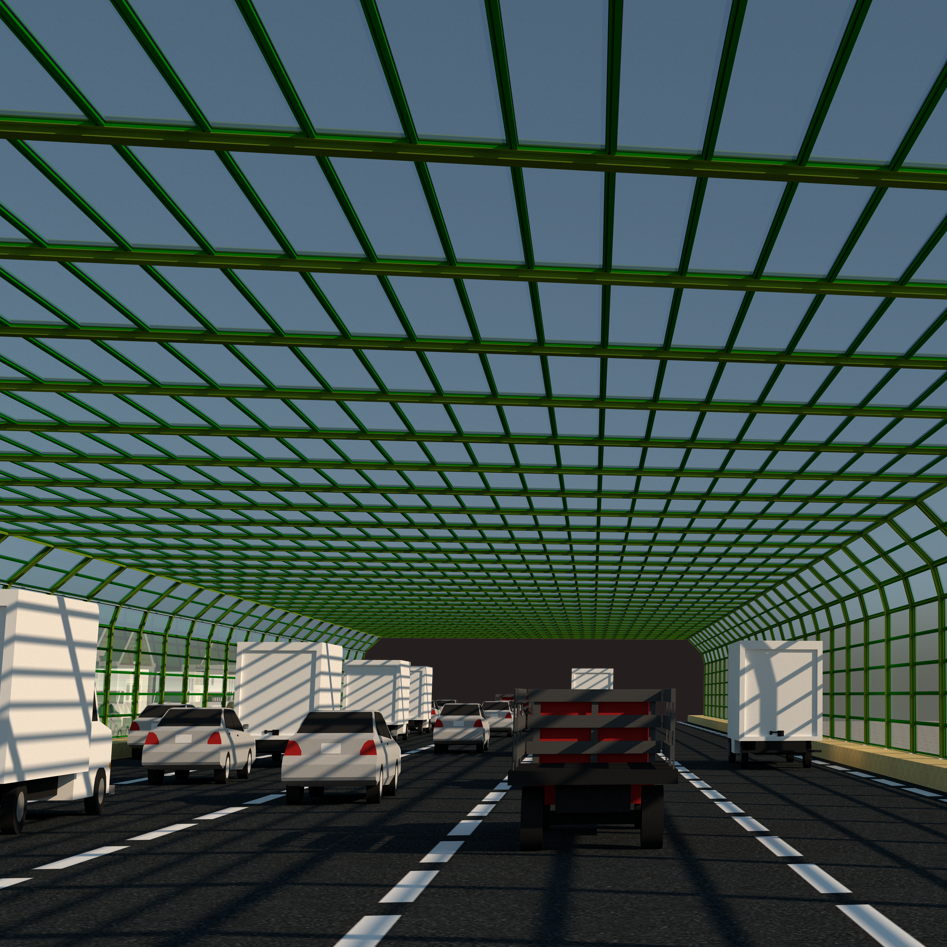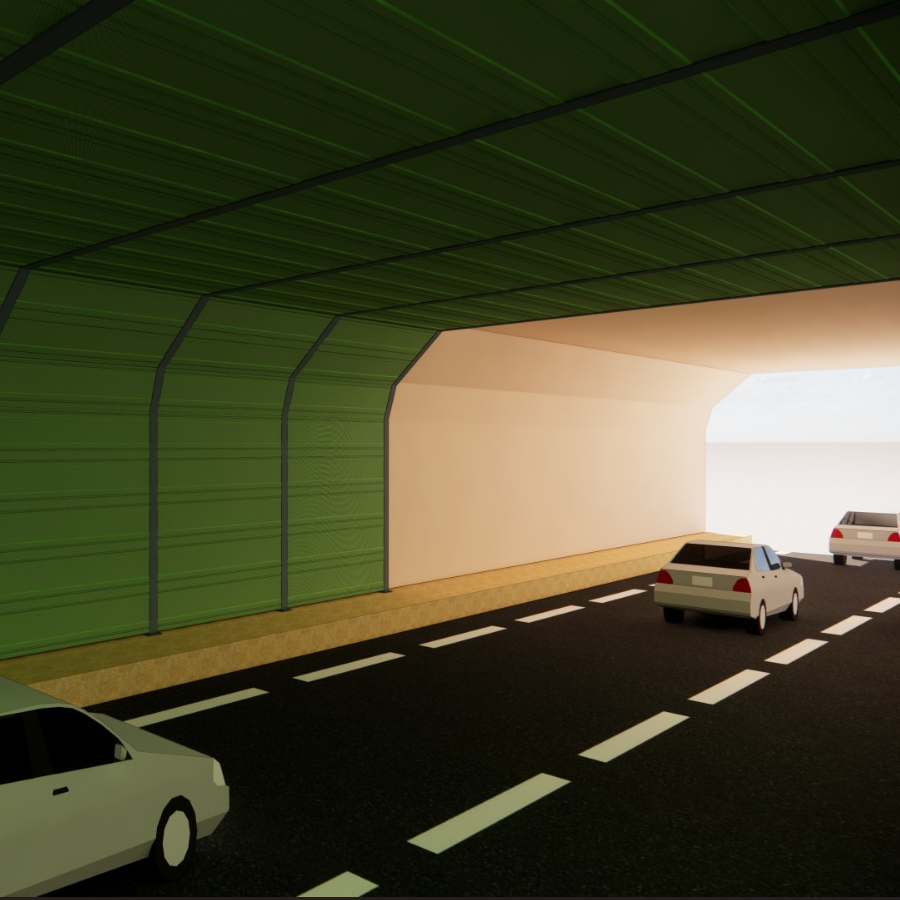Tunnel Noise Barrier
About
Tunnel Noise Barrier
Tunnel noise barriers are structures that are built along the sides of tunnels to reduce the amount of noise that is emitted from the tunnel.
The specifications of tunnel noise barriers vary depending on the type of barrier, the size of the tunnel, and the amount of noise reduction that is desired.

Tunnel Noise Barrier
Specifications
- Height : Tunnel noise barriers are typically at least 6 feet tall, but they can be taller in tunnels with high traffic volumes.
- Width : Tunnel noise barriers are typically as wide as the tunnel, but they can be wider in tunnels with multiple lanes of traffic.
- Thickness : The thickness of a tunnel noise barrier depends on the type of material that it is made of and the amount of noise reduction that is desired
- Noise reduction rating : The NRR of a tunnel noise barrier is a measure of how much noise it can reduce. A higher NRR indicates a greater level of noise reduction.
Features
- Sound absorbing material : Tunnel noise barriers typically have sound absorbing material on the side that faces the tunnel. This material helps to absorb the noise before it can reach the people on the other side of the barrier.
- Perforations : Some tunnel noise barriers have perforations in the sound absorbing material. This allows some of the noise to pass through the barrier, which can help to reduce the echo effect inside the tunnel.
- Reflectors : Some tunnel noise barriers have reflectors on the side that faces the tunnel. These reflectors help to direct the noise back into the tunnel, which can help to reduce the amount of noise that reaches the people on the other side of the barrier.
Benefits
Reduced noise levels
Tunnel noise barriers can reduce the noise levels by up to 20 decibels. This can make a significant difference in the quality of life.
Improved safety
Reduced noise levels can improve safety by making it easier for people to hear warning signals and emergency vehicles.
Increased property values
Reduced noise levels can increase the property values of homes and businesses that are located near tunnels.
Enhanced aesthetics
Tunnel noise barriers can be designed to be aesthetically pleasing, which can improve the appearance of the surrounding area.

